- info@naturebylennart.com

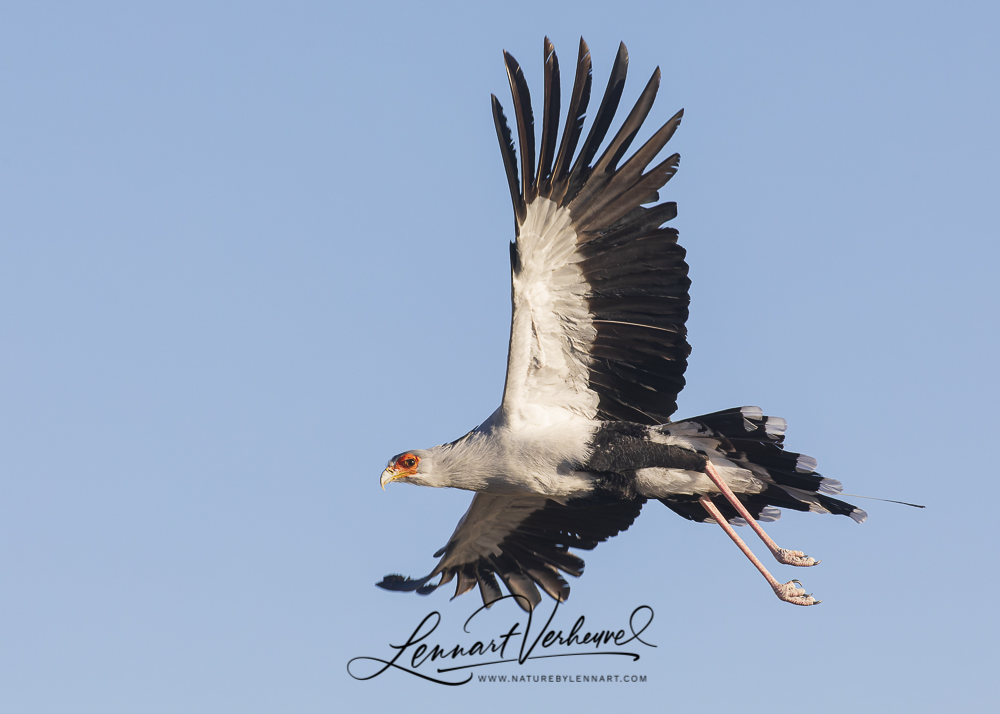
Talking about the African savannah, most people will probably be thinking about lions and elephants. Those species do indeed live there and they are certainly nice to look at! Still, I can recommend everyone to also pay some attention to the birds hopping and flying around the big pile of mammals. Of course there is the Ostrich, the largest bird in the world although it can’t fly. That’s a bird most people will still recognize and probably also want to see when they go on safari. And, to be fair, they are certainly worth a look or two.
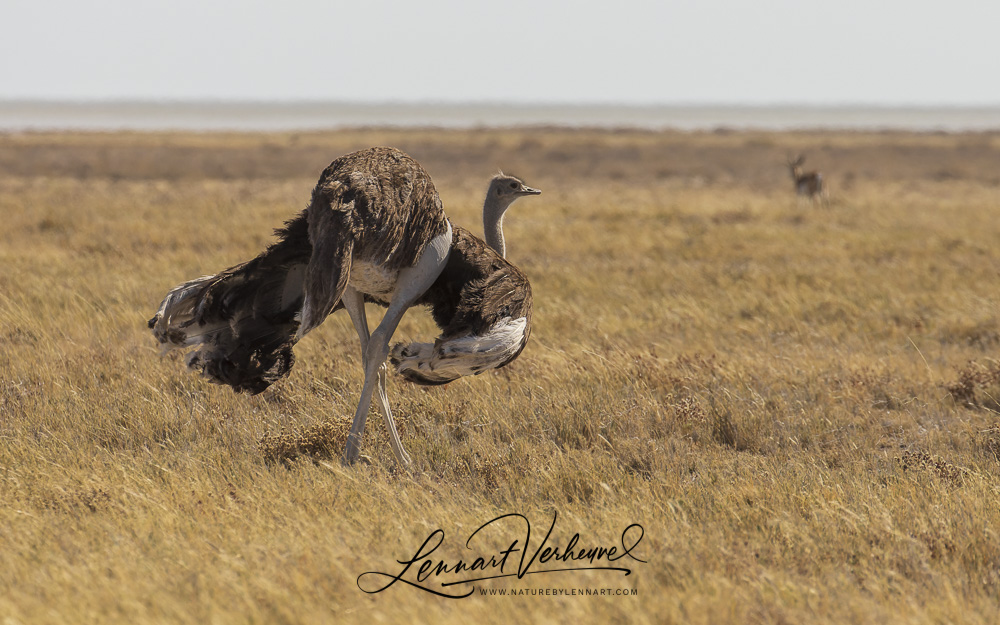
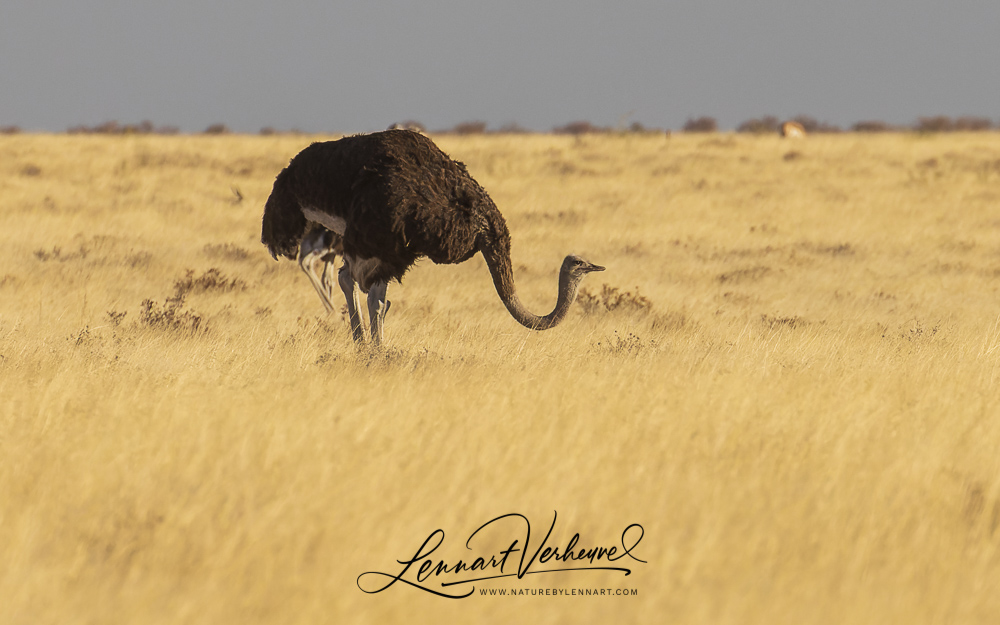

Ostrich
Still other birds should get some attention too. What about a Secretarybird! In my opinion it’s a bird that is a lot more appealing than the Ostrich. Be honest, what’s not to like about this bird. It’s a bird of prey, it has nice ornamental feathers on it’s head, not any of that fuzzy stuff like the Ostrich and it can fly! Also not a bird to be overlooked: in flight it has a wingspan of about 2 meters and when it walks in upright position it goes as high as 1.38 meters. It can give an eagle a run for it’s money! So there is a reason why this bird can be seen on the covers of a lot of African bird guiding books. Completely fair in my opinion.
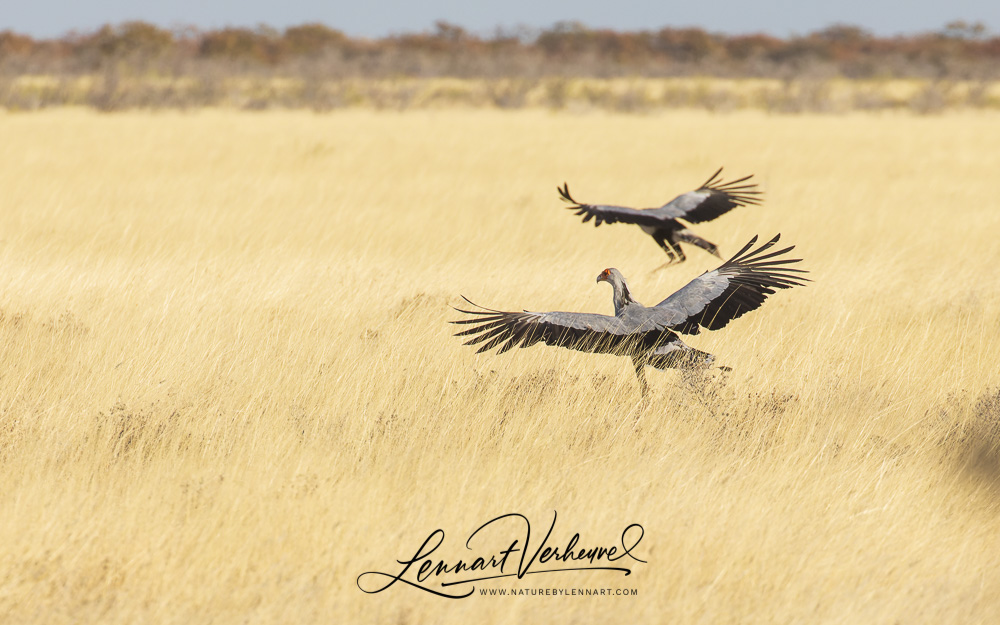
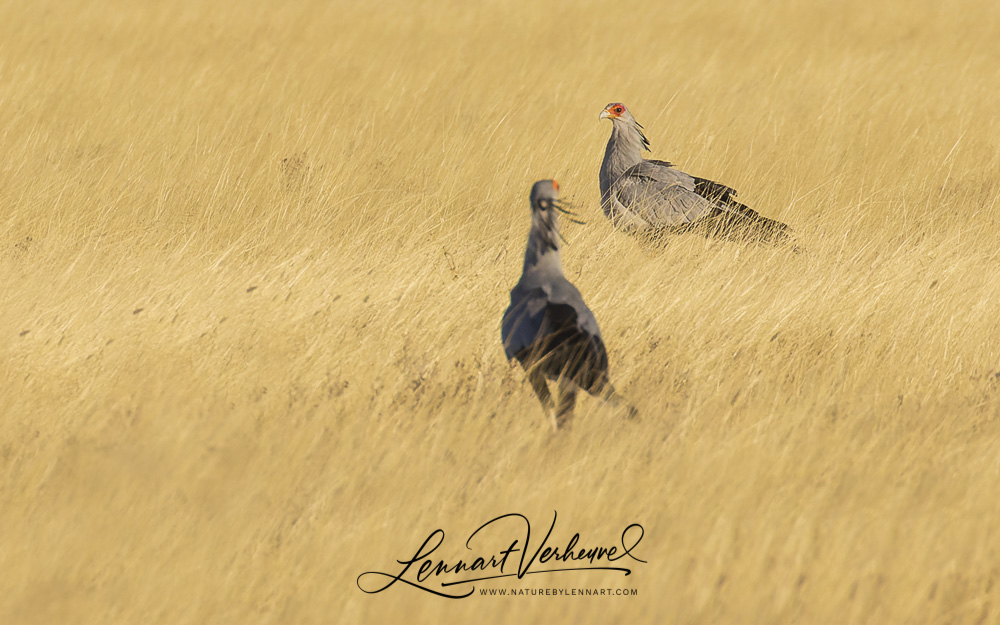

Secretarybird
Another iconic bird from the African savannah is the Kori Bustard. Again a stout bird with a special looking head. Apart from that it’s also the heaviest flying bird in the world, let an Ostrich or a King Penguin try that! So this is also a bird that deserves your attention when you travel to Africa.
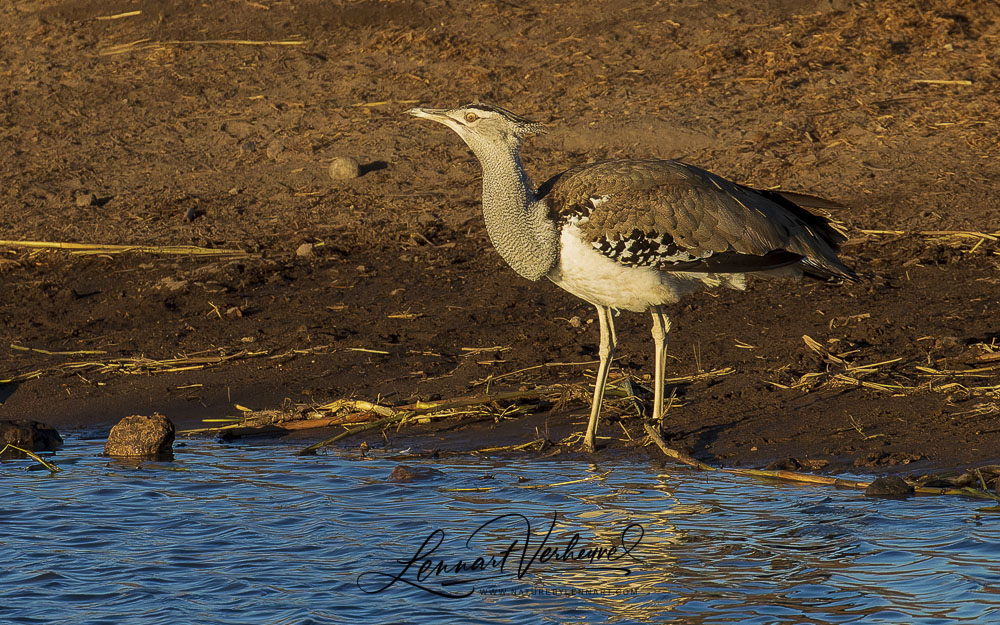
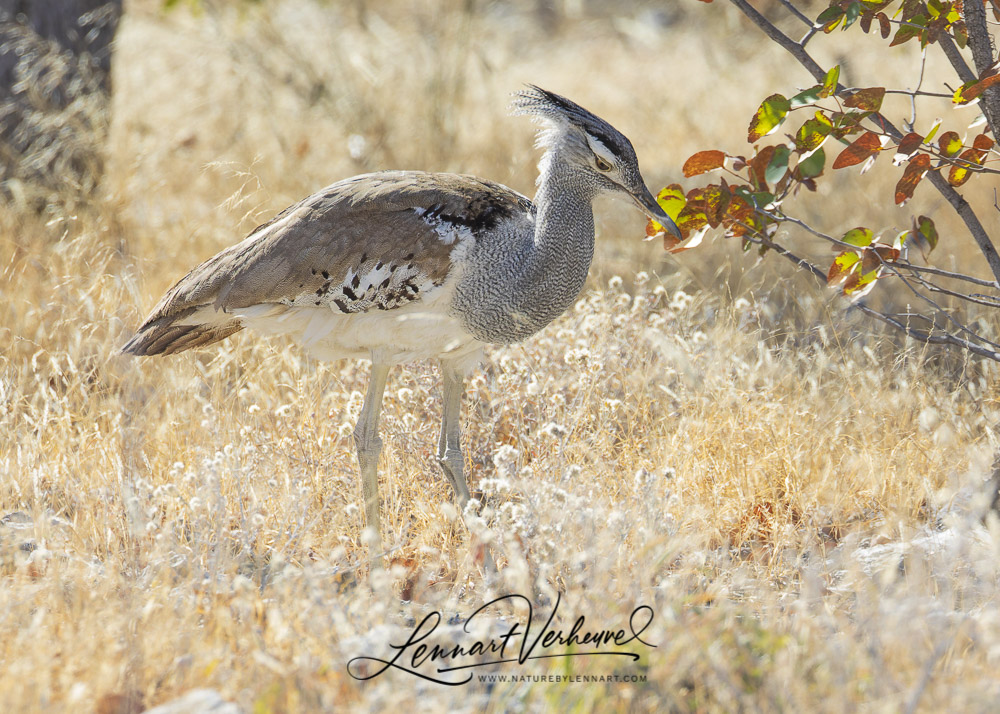

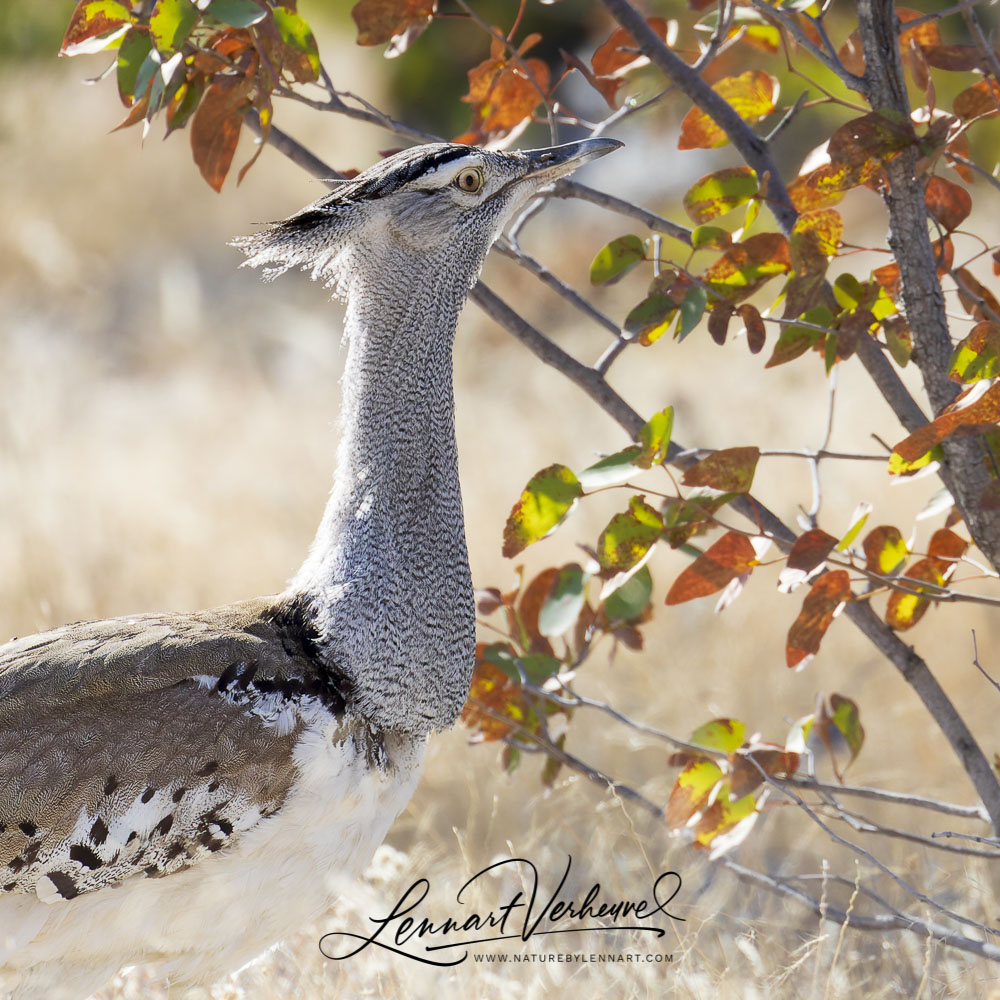
Kori Bustard
Apart from that there are of course many other attractive birds of the savannah that may perhaps be more easier overlooked, but are worth paying attention to. Paying attention to smaller birds also makes your safari a bit more entertaining than it would be if you were just to look at the big mammals.
First there is the little nephew of the Kori Bustard: Northern Black Korhaan. A nice little fellow that moves it’s neck in a funny way back.
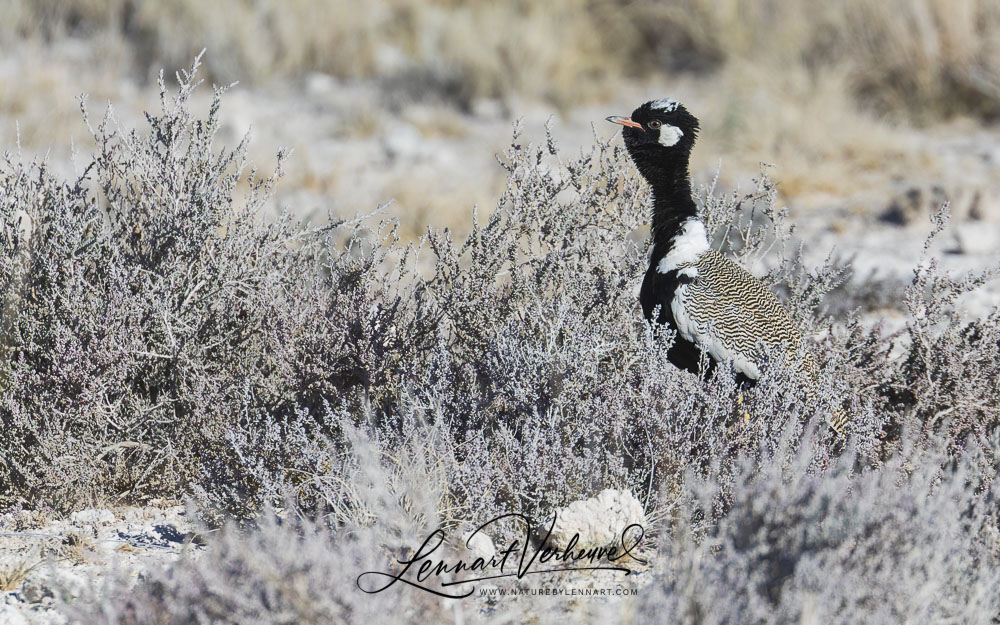

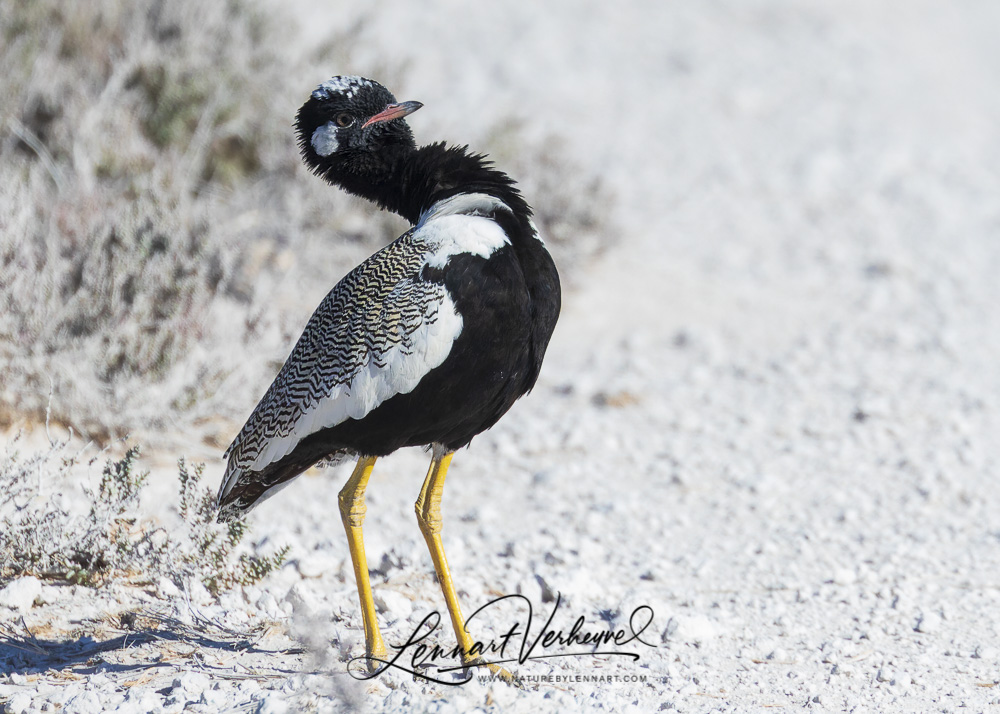
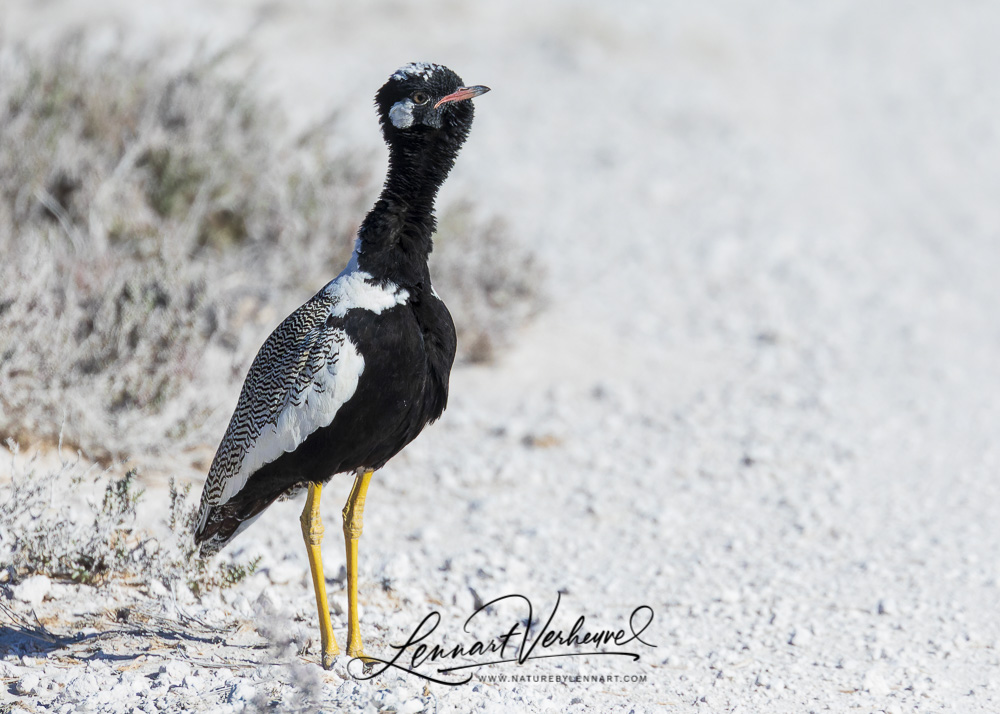
Northern Black Korhaan
Then a fat chicken: the Helmeted Guineafowl. Call it ugly, the head is indeed not that attractive, but the pearly feathers are very nice. And the head is also actually quite interesting with the knobbed helmet on it.

Helmeted Guineafowl
Birds of prey appeal to a lot of people. I am no exception. Vultures are perhaps not favoured by most, but still when you look at them closely you’ll see that these animals also have something special, at least in my opinion. And if you don’t like them at all, don’t forget their huge wingspan, that should also count for something! Apart from that your savannah-experience is just not quite complete when you haven’t watched a kill over which vultures are quietly circling waiting for their turn. That behaviour can also be a nice help to find a pack of lions that could be enjoying the fresh kill: useful birds those vultures! When you look at the picture closely you can see two species of vulture near the kill.

White-backed Vulture and a single Lappet-faced Vulture
Another bird of prey is the Black-winged Kite. A nice little bird of prey that is pretty common on safaris. With a little luck they even allow you to get very close.
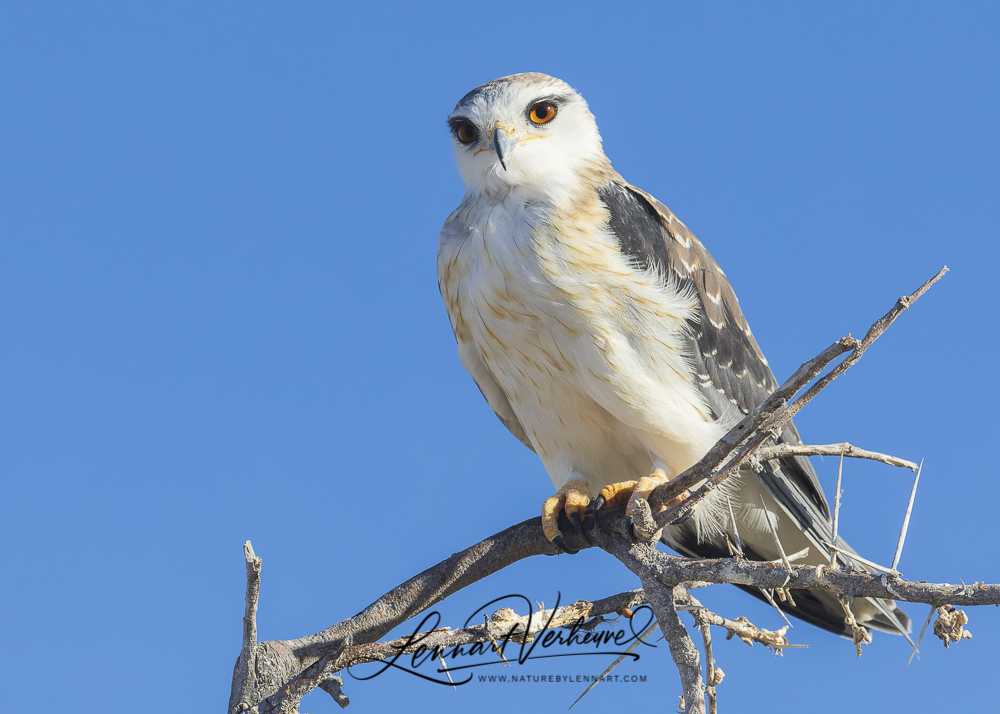
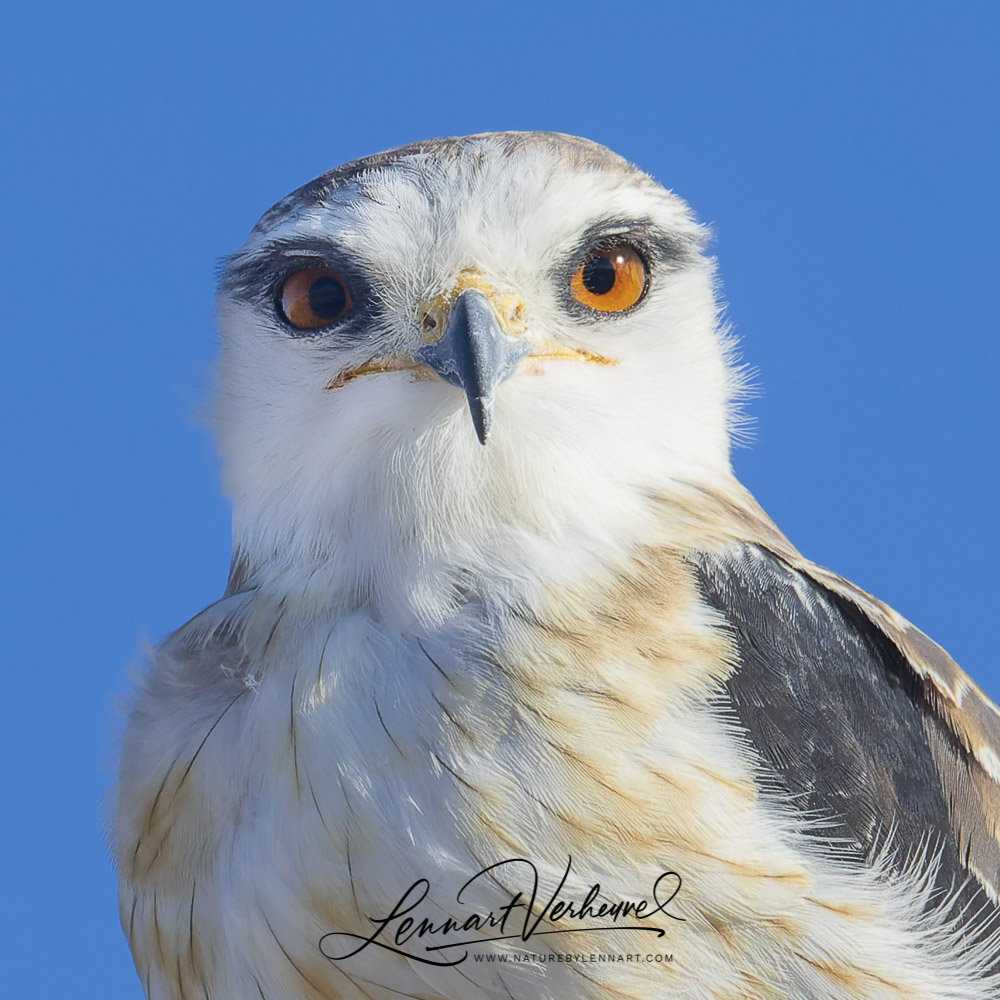
Black-winged Kite
De Pale Chanting Goshawk is also a species that belongs on the savannah. In Etosha they can’t be missed. This bird is also worthy of a second look.
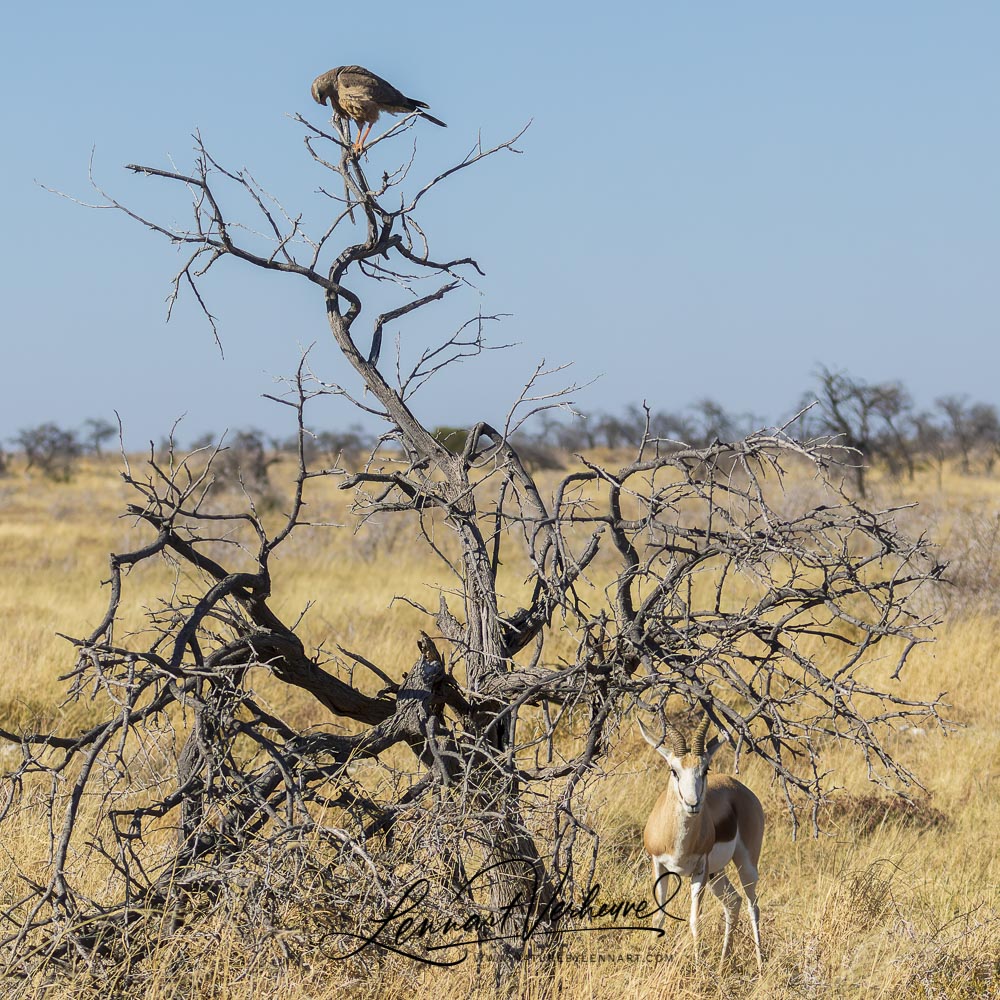
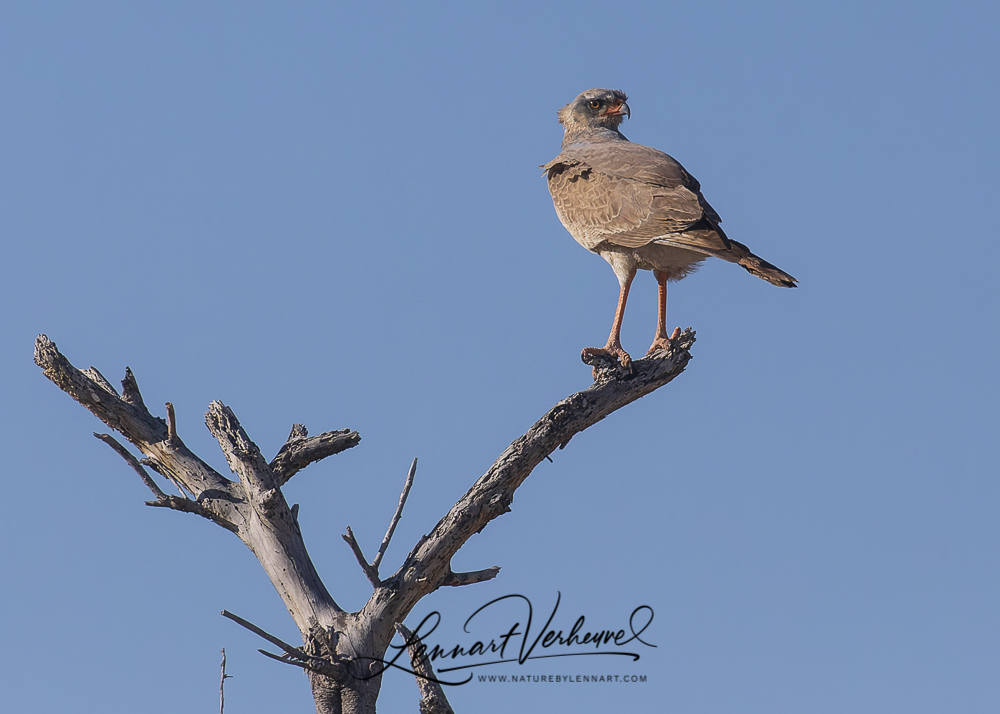
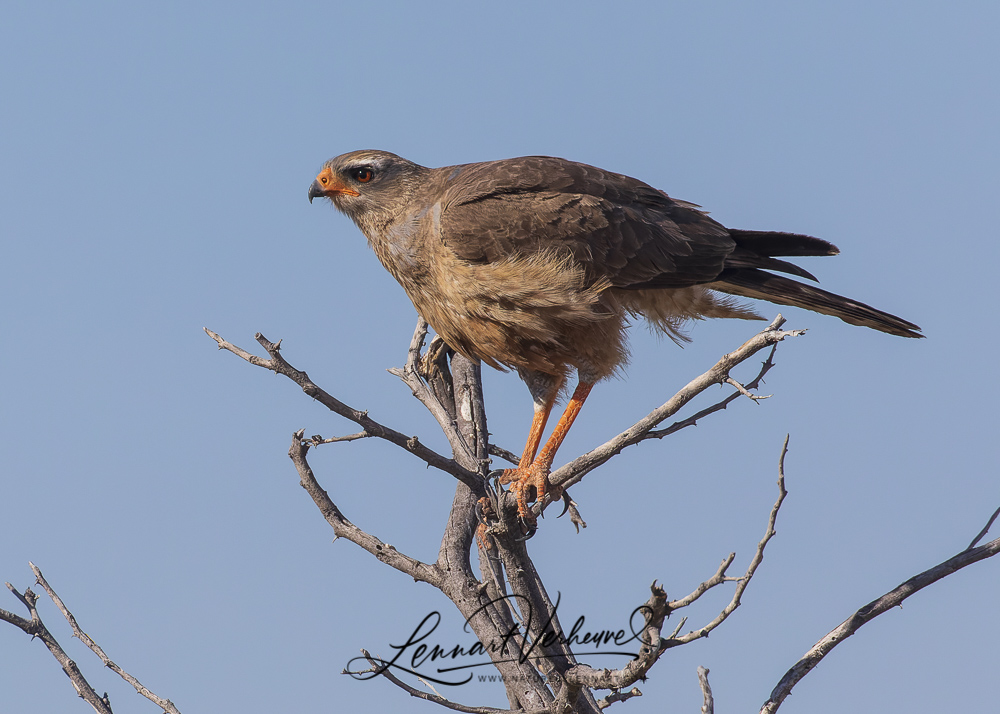
Pale Chanting Goshawk
Finally there are birds that make birders very happy, but that might not appeal so much to normal people. Still, have a go looking for them, at least it’s a nice distraction and you will probably like them if you see them. They all got something special!
There is for example the Magpie Shrike, a Shrike that looks very much like a Magpie!
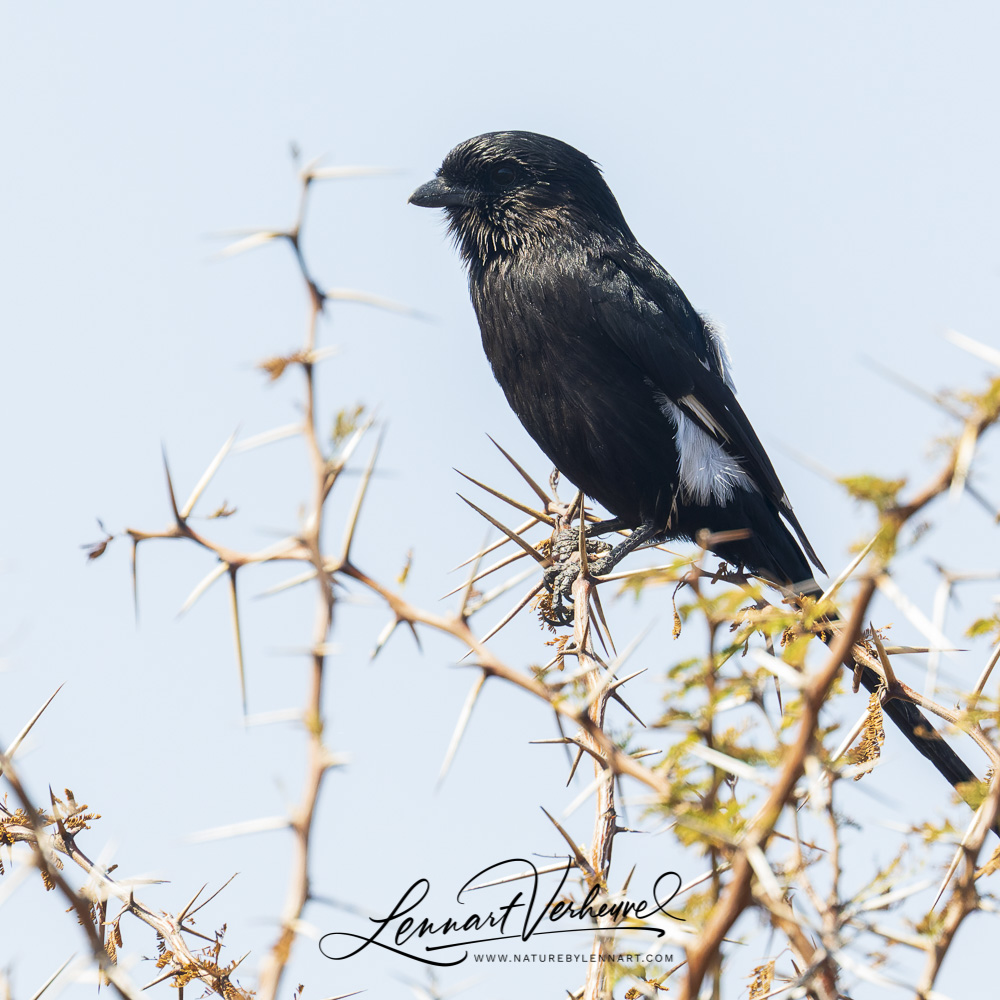
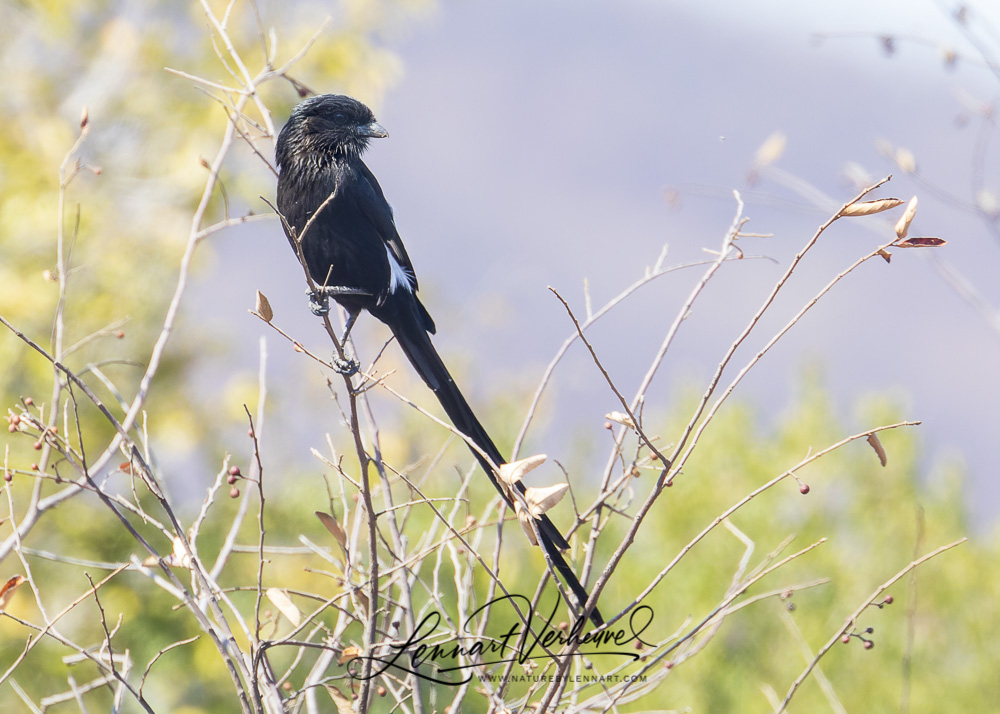
Magpie Shrike
Also chats can be seen on the savannah. In this case an Ant-eating Chat in nice light.
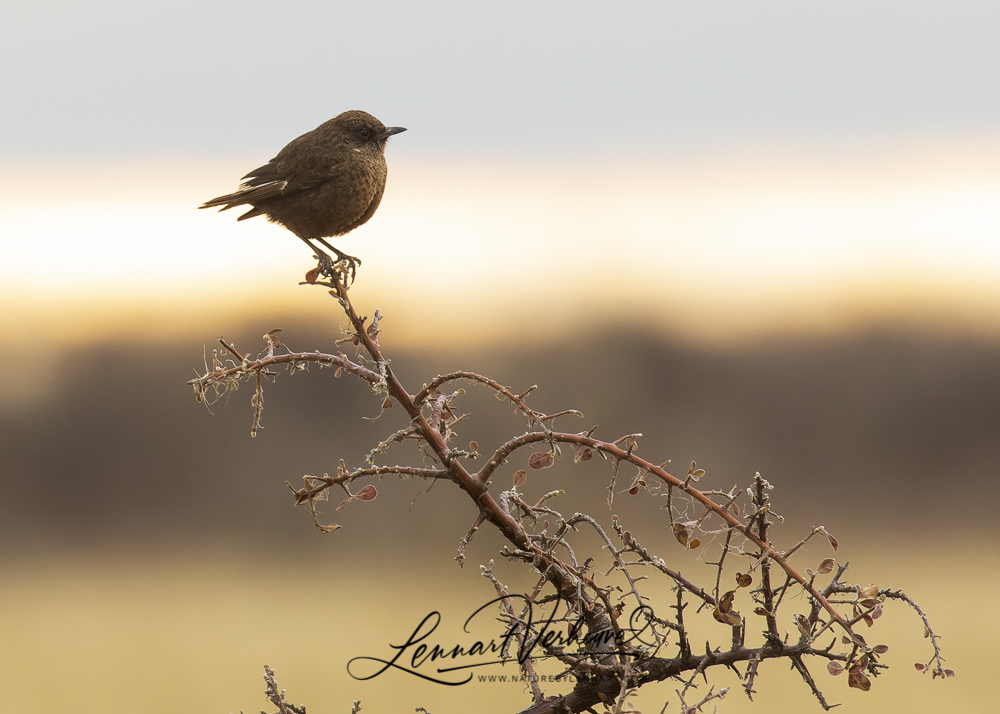
Ant-eating Chat
If you look closely you can find a stowaway on some mammals. In this case a Red-billed Oxpecker, on a very normal cow.
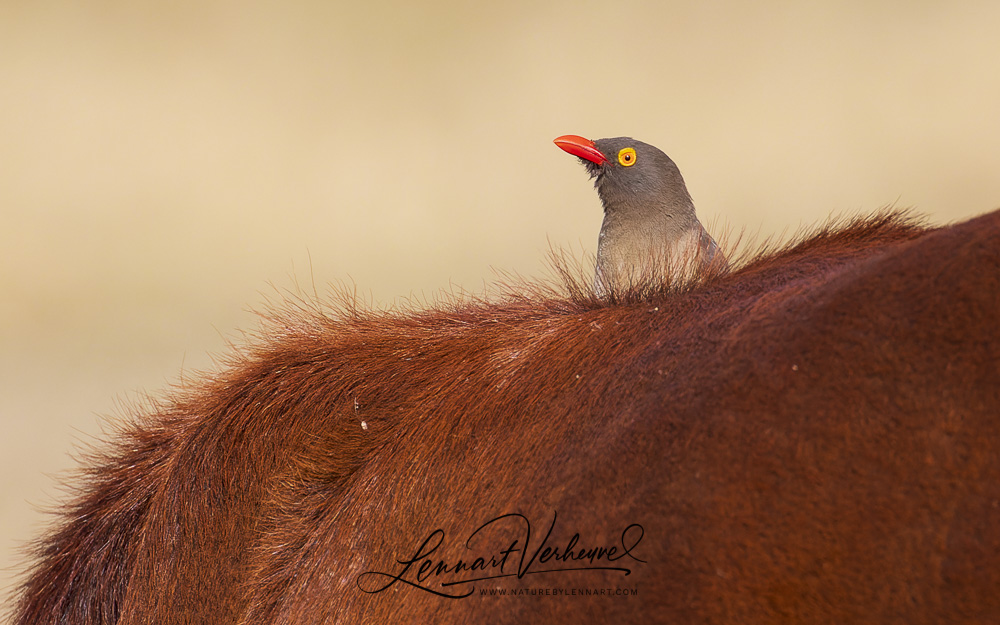
Red-billed Oxpecker
Also Scrub Robins are nice looking birds, in most cases their tail stands fiercely straight. In this case a Kalahari Scrub Robin.
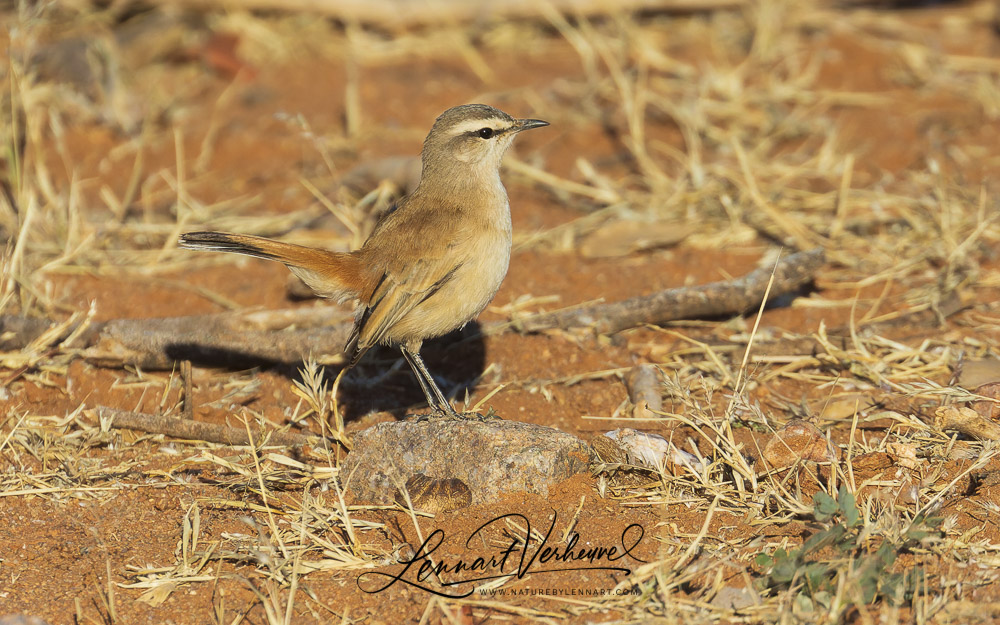
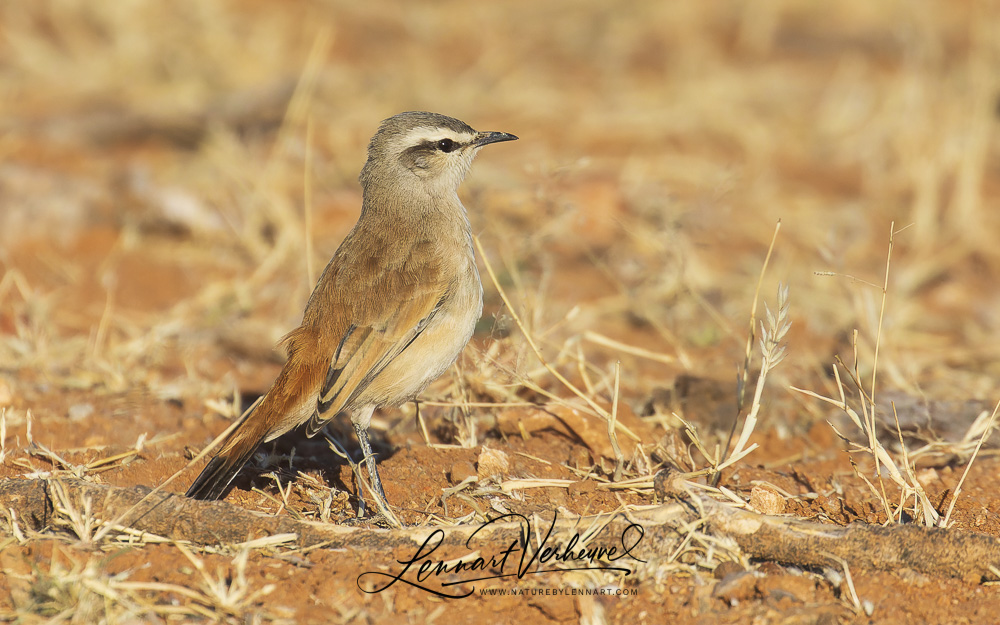
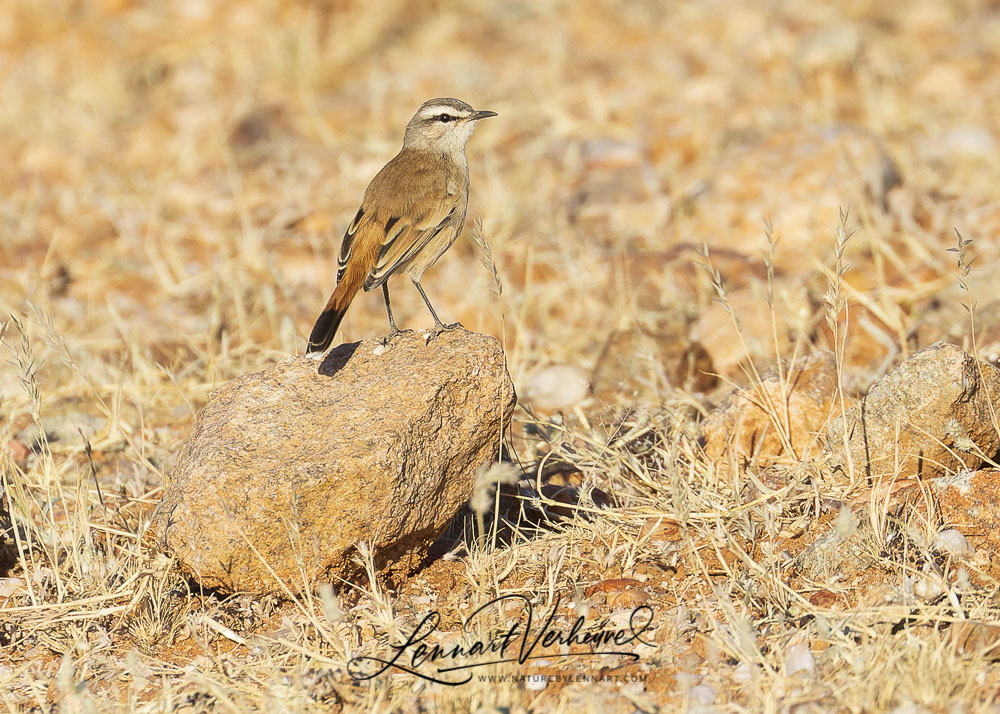
Kalahari Scrub Robin
Except when it’s really hot then they don’t look so fierce anymore… Also another species: White-Browed Scrub Robin
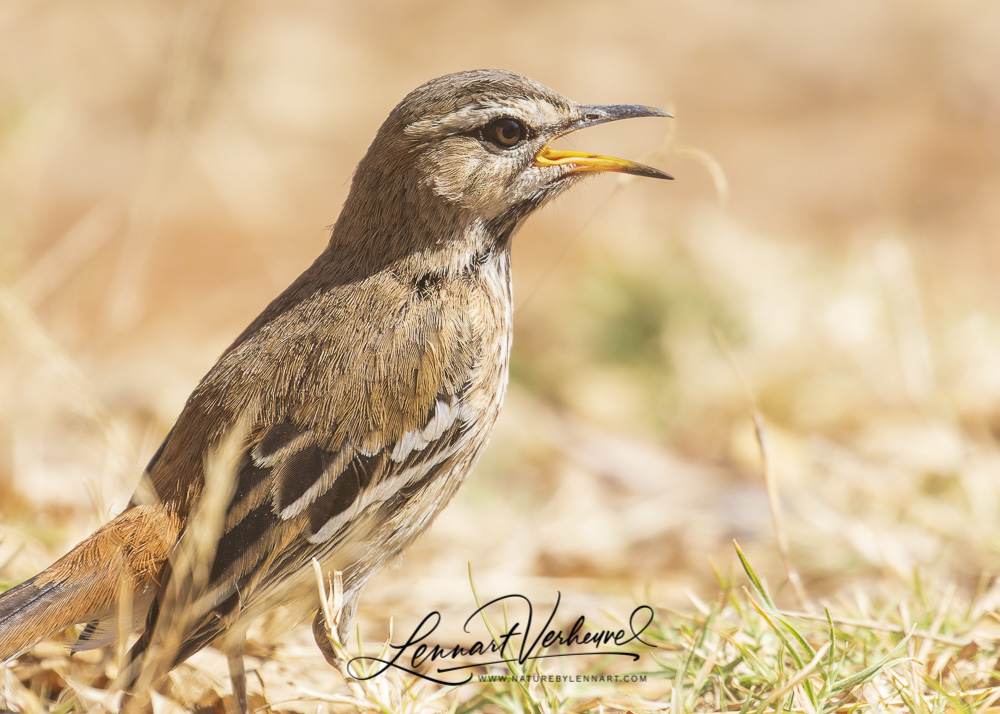
White-Browed Scrub Robin
When you’ve arrived at the camp all tired, you’ll find a bird that makes a lot of noise, but also doesn’t look too bad either. A starling, but a bit more shinier! A Cape Starling, if you feed it the right way it will look itself up in the birdguide!
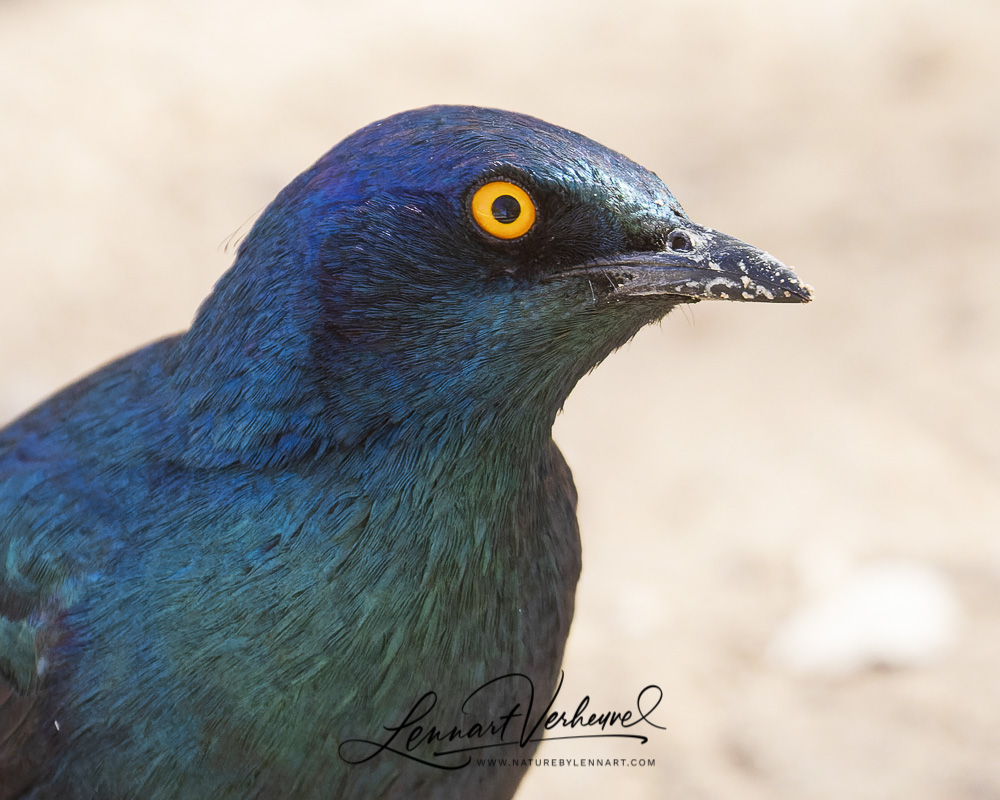
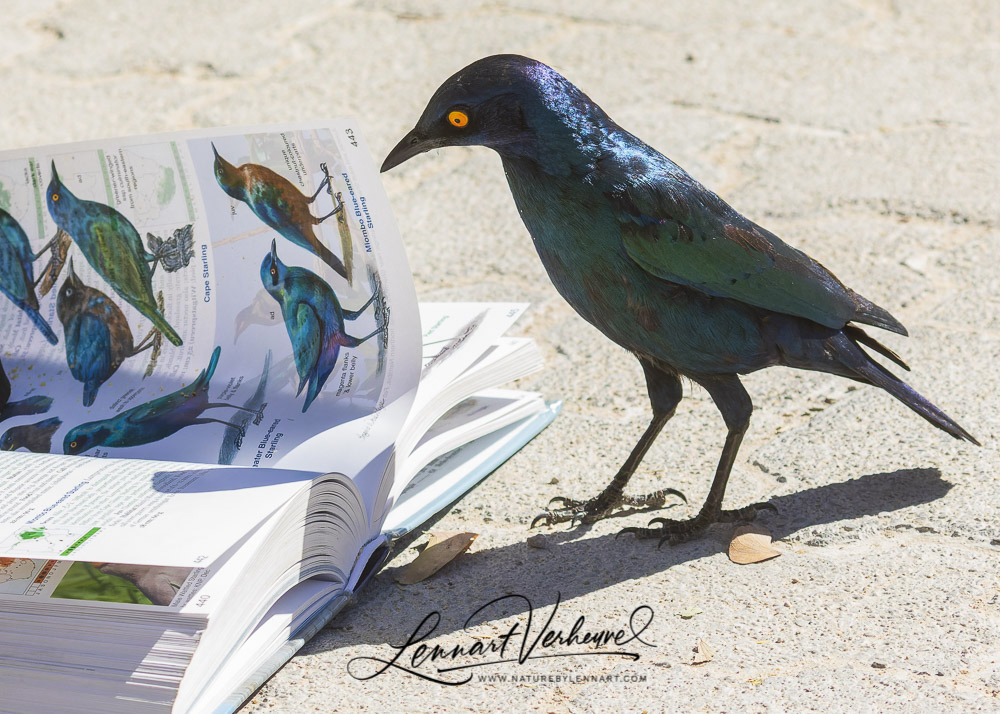
Cape Starling